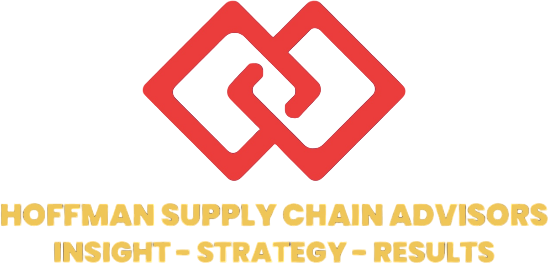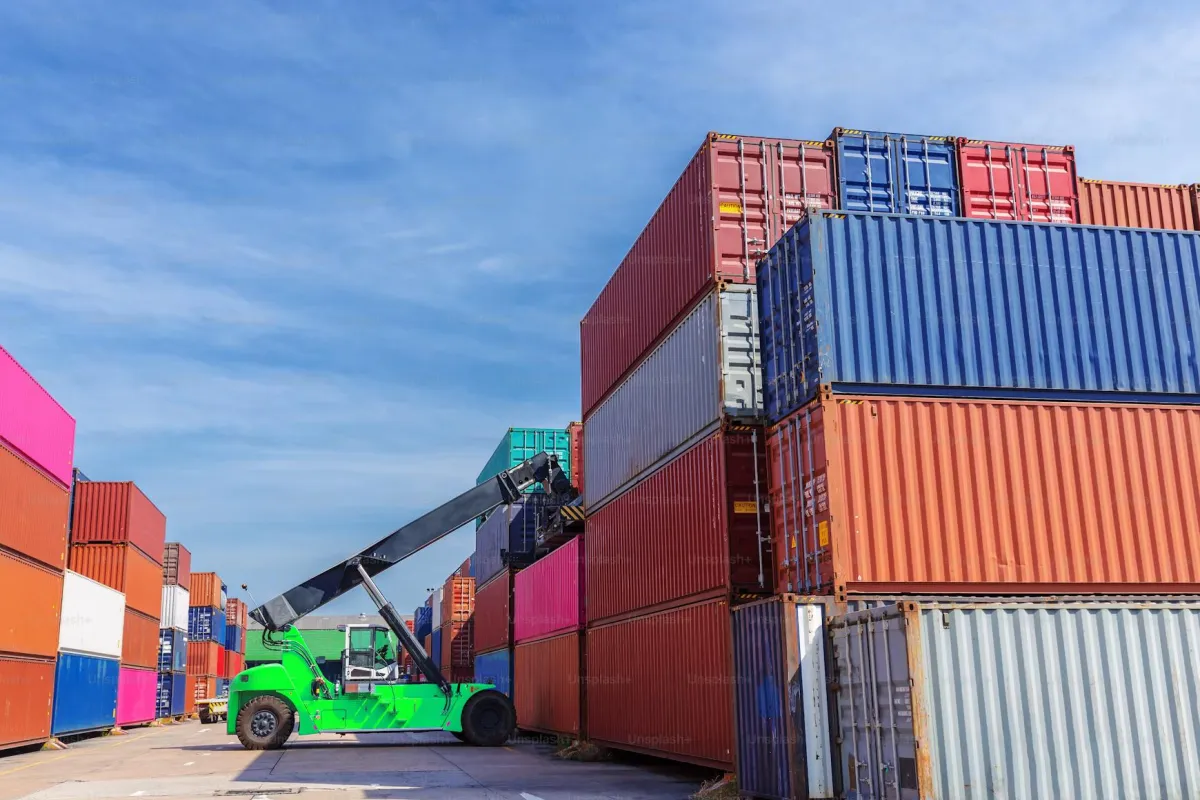
The Hidden Costs of Poor Logistics: How Small Businesses Can Avoid Common Pitfalls
For small businesses, managing logistics isn’t just about moving products from point A to point B. It’s about ensuring that every part of the supply chain operates smoothly and efficiently. Yet, many small business owners unknowingly suffer from hidden costs in their logistics operations—costs that can accumulate over time and severely impact profitability.
In this blog, I’ll highlight some of the most common logistics pitfalls that small businesses encounter, explain why these inefficiencies happen, and share practical solutions for avoiding them.
1. Poor Route Optimization: Time is Money
One of the most overlooked aspects of small business logistics is route optimization. Whether you’re a local distributor or ship products across the country, poorly planned routes can result in excessive fuel consumption, wasted driver hours, and late deliveries. Each of these can drive up operational costs while damaging customer satisfaction.
A 2023 report by Logistics Management found that 60% of small businesses with in-house fleets are not using proper route optimization tools, leading to inefficient deliveries and increased fuel costs by up to 15%.
Solution: Implementing a GPS-enabled route optimization system allows your business to identify the fastest, most cost-effective routes. These systems use real-time traffic data, weather conditions, and delivery windows to minimize idle time and reduce unnecessary mileage.
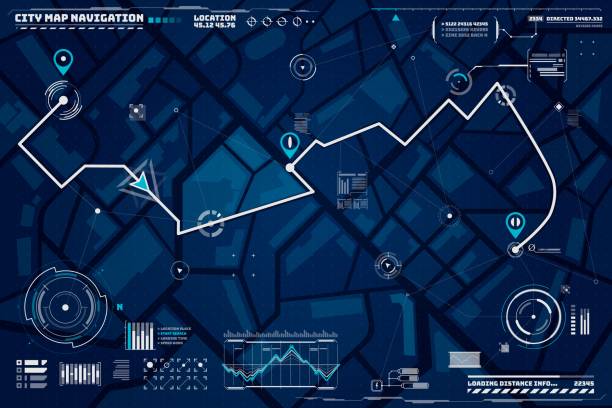
2. Inaccurate Inventory Management: The High Cost of Overstock and Stockouts
For many small businesses, inventory management is a constant juggling act. Overstocking ties up capital in unsold products, while stockouts can lead to missed sales and frustrated customers. Both scenarios result in direct financial loss and hidden costs, like additional storage expenses or rushed shipping fees to restock.
According to a study by Statista, 42% of small businesses reported that they had either too much or too little stock on hand, with each stockout costing businesses up to 10% in lost revenue. The inability to balance inventory levels leads to excess warehouse space or increased reliance on expensive expedited shipping.
Solution: Using a warehouse management system (WMS) tailored for small businesses can help track inventory in real-time, forecast demand, and minimize the risk of over- or under-stocking. A WMS can also ensure that warehouse space is used efficiently, reducing storage costs.
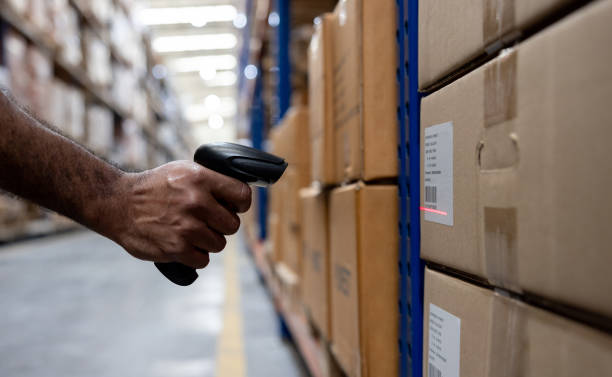
3. Ignoring the Power of Vendor Relationships: Missed Opportunities
When it comes to logistics, many small business owners view vendors as just another service provider. However, neglecting to build strong, collaborative relationships with your logistics vendors—whether they’re transportation companies, packaging suppliers, or warehousing partners—can result in lost opportunities for cost savings and operational efficiency.
Vendors that feel valued are more likely to offer better terms, quicker turnarounds, and more flexible services. Conversely, poor vendor relationships can lead to miscommunications, delays, and higher prices.
Solution: Treating vendors as strategic partners, rather than just suppliers, is essential. Schedule regular reviews to evaluate performance, communicate your expectations clearly, and be open to collaborating on mutually beneficial terms. Consider establishing long-term contracts to lock in pricing and service guarantees.

4. Failing to Utilize Data: Missing Insights = Missing Profits
Data has become one of the most valuable assets in today’s supply chain management, but many small businesses still operate without fully utilizing data insights to improve logistics. Whether it’s analyzing freight spend, monitoring delivery performance, or tracking inventory turnover, missing out on valuable data means missing out on opportunities to streamline operations.
A Deloitte report found that businesses using data-driven decision-making in their logistics operations saw a 12% cost reduction, on average. However, many small businesses avoid this due to the misconception that data analysis is too complicated or expensive.
Solution: Even basic data tools like spreadsheets or free analytics platforms can provide insights into operational inefficiencies. For more advanced solutions, small businesses can invest in affordable logistics software that tracks key performance indicators (KPIs), allowing owners to make smarter decisions and reduce costs.

5. Neglecting Reverse Logistics: The Silent Profit Drain
Returns and exchanges—often referred to as reverse logistics—are a necessary but often ignored part of small business logistics. Without a structured process for handling returns, businesses can face hidden costs in labor, transportation, and wasted products. Additionally, returns that take too long or become complicated for the customer can damage your brand’s reputation.
In 2024, the average return rate for e-commerce purchases is expected to hit 20%, according to Business Insider, making reverse logistics a crucial part of the supply chain for businesses that sell products online.
Solution: Establishing a clear and efficient returns process is key to keeping costs low and customers happy. A reverse logistics strategy might include automated return labels, designated return processing areas, and a policy for reselling or recycling returned items.
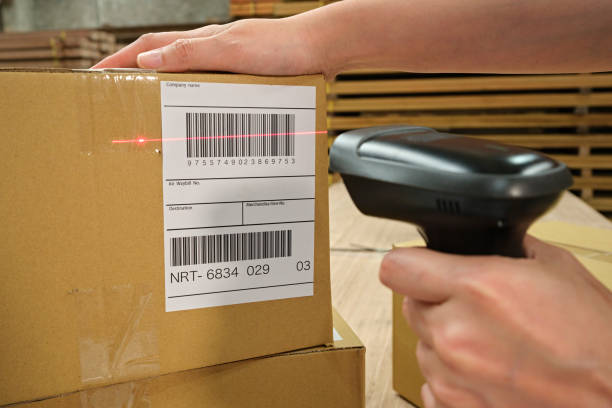
Conclusion
Small businesses often struggle with the complexities of logistics management, but the hidden costs associated with these inefficiencies don’t have to be a drain on your bottom line. By focusing on optimizing routes, managing inventory effectively, building stronger vendor relationships, utilizing data, and handling reverse logistics properly, you can reduce costs and boost profitability.
At Hoffman Supply Chain Solutions, I specialize in helping small businesses uncover and address these hidden costs. Together, we can transform your logistics operations into a streamlined, cost-effective system that supports your business’s growth. Reach out today to discuss how we can help.

